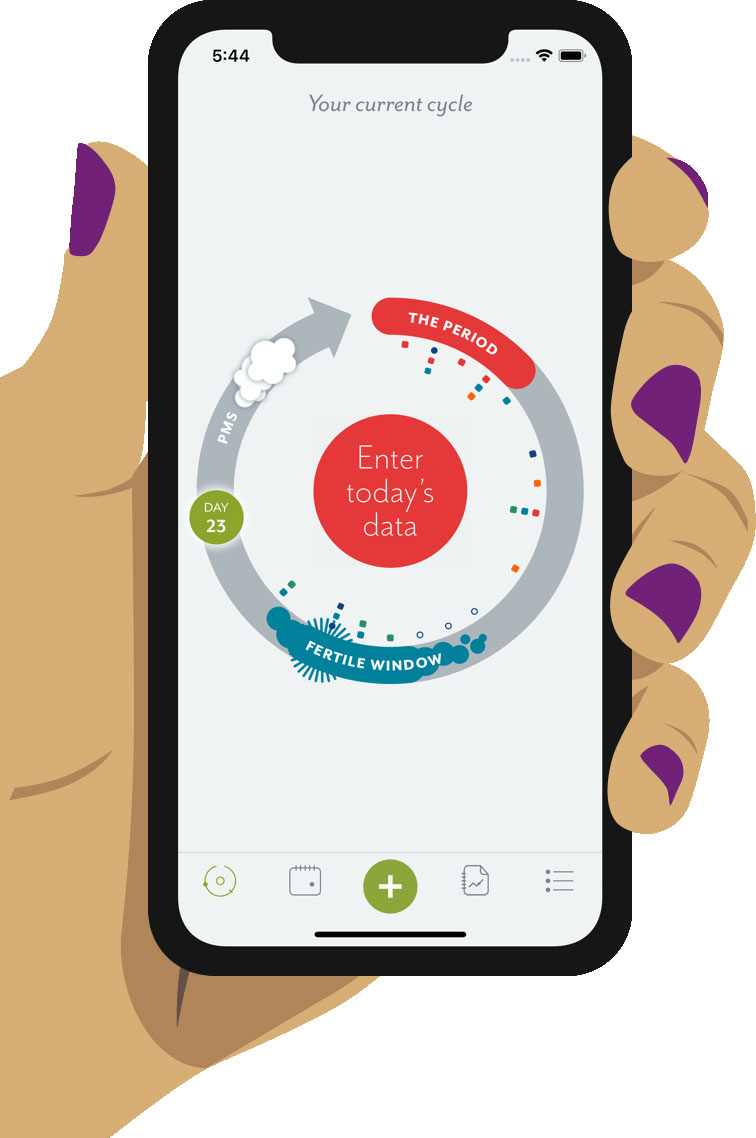Femtech addresses the global market for women’s health
By Patricia B. Mirasol
The rise of “femtech” has been a long time coming given that women make up half of the global population and their higher spending power is pushing the “she-conomy.”
Femtech, which refers to the intersection between women’s health and technology, includes fertility solutions, period-tracking apps, pregnancy and nursing care, women’s sexual wellness, and reproductive system healthcare. It also addresses illnesses that disproportionately affect women, such as Alzheimer’s.
Previously sidelined as a niche market, the growth of femtech coincides with an increase in the inclusivity of women in clinical research and product development. The healthcare industry recognizes that there is a difference between women’s health and men’s health. No longer can women’s health be subsumed in a framework that treats the male as the default.
Femtech is estimated by research and consulting firm Frost & Sullivan to have a market potential of $50 billion by 2025.
WOMEN’S HEALTH SOLUTIONS
The term “femtech”—coined by Ida Tin, founder of the period tracking app Clue—has yet to gain currency in some corners of the world even if women-centric applications have been around for a few years.
Said Louise, a 30-year-old Filipina, “I’ve been using the period tracker Glow for three years now. Tracking my period has helped me check my polycystic ovarian syndrome symptoms; I can easily check whether my symptoms are improving or not depending on the timing of my monthly period. It has also helped me in my annual check-up as well as in my overall reproductive health check.” Added Claire, another Filipina user of “Using Flo has been a very empowering experience for me, as it allows me to understand my body better and manage my calendar well.”
Other examples of femtech applications include:
• Clue – helps women understand their cycles through with a period and ovulation tracker mobile phone app
• Ava – helps women who want to get pregnant through a sensor bracelet that detects a woman’s fertile window every month
Pregnancy and nursing care
• Bonzun – offers an in vitro fertilization (IVF) system and service in the world that follows, supports, and guides the IVF patient through the whole process of conceiving a baby.
• Naya – offers a hospital-grade breast pump plus an app to track pump sessions, feeding sessions, and a mother’s sleep and hydration
Pelvic and uterine health
• Elvie – delivers products such as a Kegel trainer for stronger pelvic floor muscles
• Minerva Surgical – delivers products for the treatment of abnormal uterine bleeding
General wellness
• Braster – provides a medical device for comfortable in-home breast examination
• MobileODT – provides a colposcope and enhanced visual assessment solution for colposcopy, sexual assault, and gynecologic examinations
PANDEMIC AS ACCELERATOR
Because of the pandemic, people are focusing on their health and prioritizing their wellbeing. With healthcare systems flooded with COVID-19 patients, people are less willing to go to hospitals but are more willing to look after their own health, noted Jacqueline Kressner, co-founder of Femcy, a personalized menstrual wellness solution for women in Asia. “People are still wanting to get pregnant and manage their menstrual wellness; that never goes away,” said Ms. Kressner, adding that femtech allows women to monitor their health at home.
In Australia, femtech advocates were worried that they would lose momentum because of the coronavirus. “The first month of the pandemic really threw the industry for the loop, but innovators in the space were able to easily pivot to accommodate new health restrictions,” said Megan Capriccio, Sydney ambassador to the FemTech Collective and director of FemTech Consulting.
Telehealth services, at-home subscription box services, and software applications, Ms. Capriccio added, benefited from the new normal.
EMERGING MARKET
In the Philippines, femtech has room to grow. “Developers build products and services to solve problems they see in the world. If there aren’t enough women at the helm in the tech community, it follows you won’t see enough solutions designed for women,” said Santiago Arnaiz, co-founder and COO of health and wellness venture builder Day3 Innovations.
Underfunding is another factor that should be considered: the femtech industry attracts only 1.4% of the aggregated capital that flows into healthcare. As Tania Boler, co-founder & CEO of Elvie, said, “Investors don’t take women’s wearable tech as seriously as they need to. But given that the consumer need is so big, I think it’s going to hit them on the head at some point.”
Christina Jenkins, lead investor at Portfolia Femtech Fund, told Forbes earlier this year: “The best femtech business models will answer the question, ‘What will compel women to spend money on themselves, and not just others?’”
Both Ms. Capriccio and Ms. Kressner said that part of the answer lies in products that allow women to feel empowered, stronger, and better equipped to show up for themselves and their loved ones. FemTech can disrupt the women’s health market—there are plenty of unmet needs waiting for a solution.




